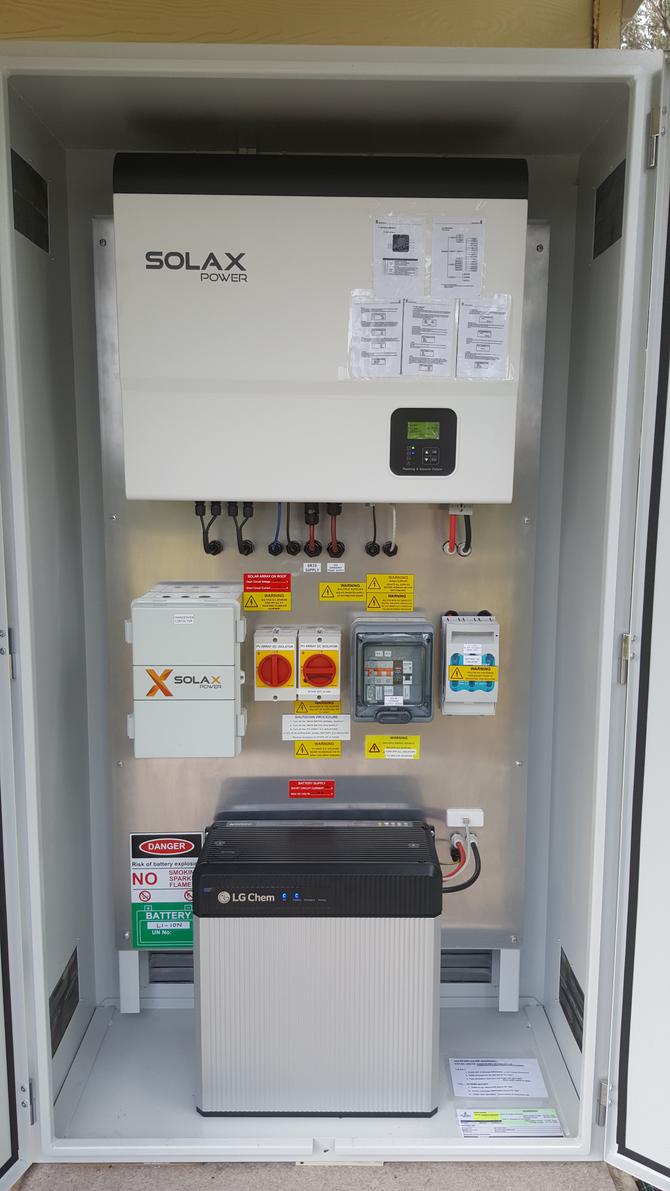The rapid changes in the energy sector are driving some of the biggest innovations experienced in centuries.
How energy is consumed today, and where will it come from tomorrow, are some of the bigger questions being asked the world over.
Central to these concerns is how society is responding to these innovations; a concern which is shared by Associate Professor Heather Lovell.
I’ve always had a long-standing interest in the governance of sectors where technology is changing quite rapidly, in particular environmental concerns especially around climate change.
Associate Professor Lovell is based in the University of Tasmania's School of Social Sciences and researches innovation, in particular areas including energy, climate change and the environment.
She looks at how and why change takes place, and the detail of how policy and technology occur within this space. Her research interests have included carbon markets, carbon accounting, forestry and housing.
In 2014 she was awarded funding from the Australia Research Council for a Future Fellowship to investigate innovation and learning in smart grids. This is what brought her to the University from the UK, where she was formerly at the University of Edinburgh. The Australian energy sector has firmly been in her sights for several years now, given the rate of change which continues to occur across such a broad and diverse area.
The popularity of rooftop solar (PV) and the growing interest in smart grids, which fuse new digital infrastructure with existing networks, are among the key drivers behind this change.
“A lot has happened in Australia, especially in the last couple of years where the country has been positioning itself as an international leader,” Associate Professor Lovell said
What makes Australia interesting is the amount of embedded renewable energy generated.The percentage of households with rooftop solar is pretty much the highest in the world.

One of the batteries installed on Bruny Island.
“Australia is unique because of the capability to produce electricity from PV – there is lots of sunshine - combined with the rate of take-up at a residential level/scale.
“No one expected the uptake to be so high from households, which were supported with a number of incentives from a state level.
“With such a massive surge in rooftop solar it has changed the energy landscape.”
Her research interests have led to her analyse learning from the Federal Government’s $100 million Smart Grid, Smart City Program, which trialled Australia’s first commercial-scale smart grid in New South Wales between 2010 and 2014.
More recently, Associate Professor Lovell is part of an ARENA $2.9 million collaborative research project CONSORT which is investigating how electricity customers can take charge of their energy use through batteries, while also being rewarded for helping to manage the electricity grid.
Up to 40 batteries are in the process of being installed and monitored in the homes of Bruny Island residents in Tasmania, with the batteries enabling homeowners to sell their power back to the grid.
The CONSORT team includes the Australian National University, the University of Sydney, battery control software business Reposit Power and network provider TasNetworks.
As part of the project, Associate Professor Lovell is joined by University of Tasmania research fellow Dr Pip Watson, Dr Andrew Harwood, and PhD candidate Veryan Hann, assessing how battery owners involved in the project respond to and interact with the new technology and system of pricing.
We’re wanting to find out which new technical solutions really work for the battery system owners using them.
In a bid to shed light on future energy trajectories and choices about them, Associate Professor Lovell and colleagues have established Future Energy; a new interdisciplinary group at the University of Tasmania.
The group is looking to engage with energy institutions, individuals and communities to produce vital research which helps clarify options for future energy provision in Tasmania, and beyond.
Future Energy is an interdisciplinary strategic theme area for research based within the College of Arts, Law and Education, and run collaboratively with Engineering, Business and Economics, and Geography.
Interested in conducting your own research? Apply now to become a research student.
